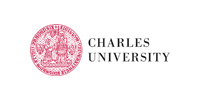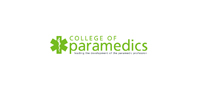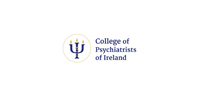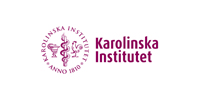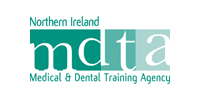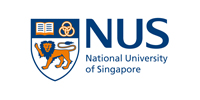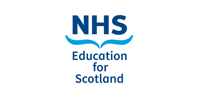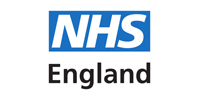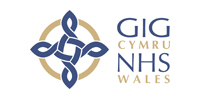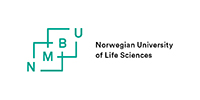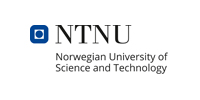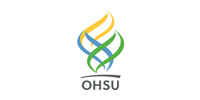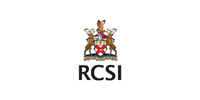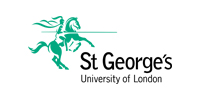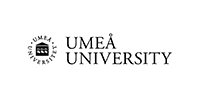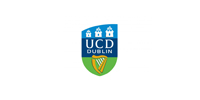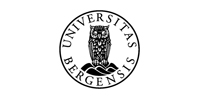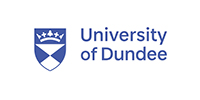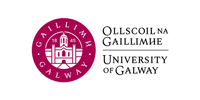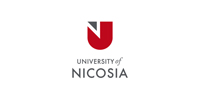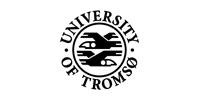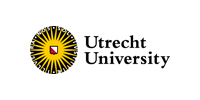A few words about this paper…
This paper was written by two undergraduate medical students. This is another good example of student participation in undergraduate medical education research. John and Margaret performed a pilot according to Markus’s initial observation that aspects of Situation Awareness could be measured in OSCEs. Both students used the station OSCE score-sheets of three freely available OSCE training guides, and addressed what was already proclaimed by Markus: that all three aspects of SA can be identified in an OSCE score-sheet, although not developed as such. As John and Margaret correctly addressed, it was ‘easy to do’, but reliability and validity was still an issue as this type of research was never done before. It was the step-up for Markus after his literature research to design and conduct his PhD track developing a consecutive training on how to assess SA using OSCE score-sheets. Unfortunately, this breaking news appears hard to publish and maybe we are a bit ahead of the music. This paper however, provides good insight into how important SA is in training and assessing students at an early stage of their curriculum.
Authors
Margaret Frere, John Tepper, Markus Fischer, Kieran Kennedy and Thomas JB Kropmans
Abstract
Background
Medical errors are among the most prevalent and serious adverse events in health care. Lack of situation awareness (SA) is an important factor leading to such errors. SA can be understood using Endsley’s three-tier model: level 1 is perception, level 2 is comprehension, and level 3 is projection. While there is extensive literature on the theory of SA, it is difficult to measure and quantify. The purpose of this pilot study was to measure, identify, and characterize SA in some medical objective structured clinical examination (OSCE) guides, including a 1st year National University of Ireland, Galway (NUIG) OSCE.
Methods
Two independent observers analyzed two online OSCE guides and a 1st year OSCE examination using a self-developed tool. This tool was an inferential measure of SA. The guides were first qualitatively analyzed using NVivo and then quantitatively analyzed using Excel.
Results
The results indicated strong internal validity and moderate inter-rater reliability. There was limited statistically significant variance between the observers. The NUIG OSCE had relatively the fewest relative observations of SA and the Geeky Medics OSCE Guide had relatively the most observations of SA. In all guides, Level 1 SA was observed more frequently than Level 2 or 3 SA.
Discussion
SA is an important factor in clinical decision-making and patient safety. The challenging aspect is how to best teach and assess SA in medical education. Simulations, such as informative and/or summative OSCEs, are considered a valuable and safe way to do so. Inter-rater reliability can be improved using tool training sessions.
Click below for article full text…
Measuring situation awareness in medical education objective structured clinical examination guides
Click here to provide feedback on the paper.


